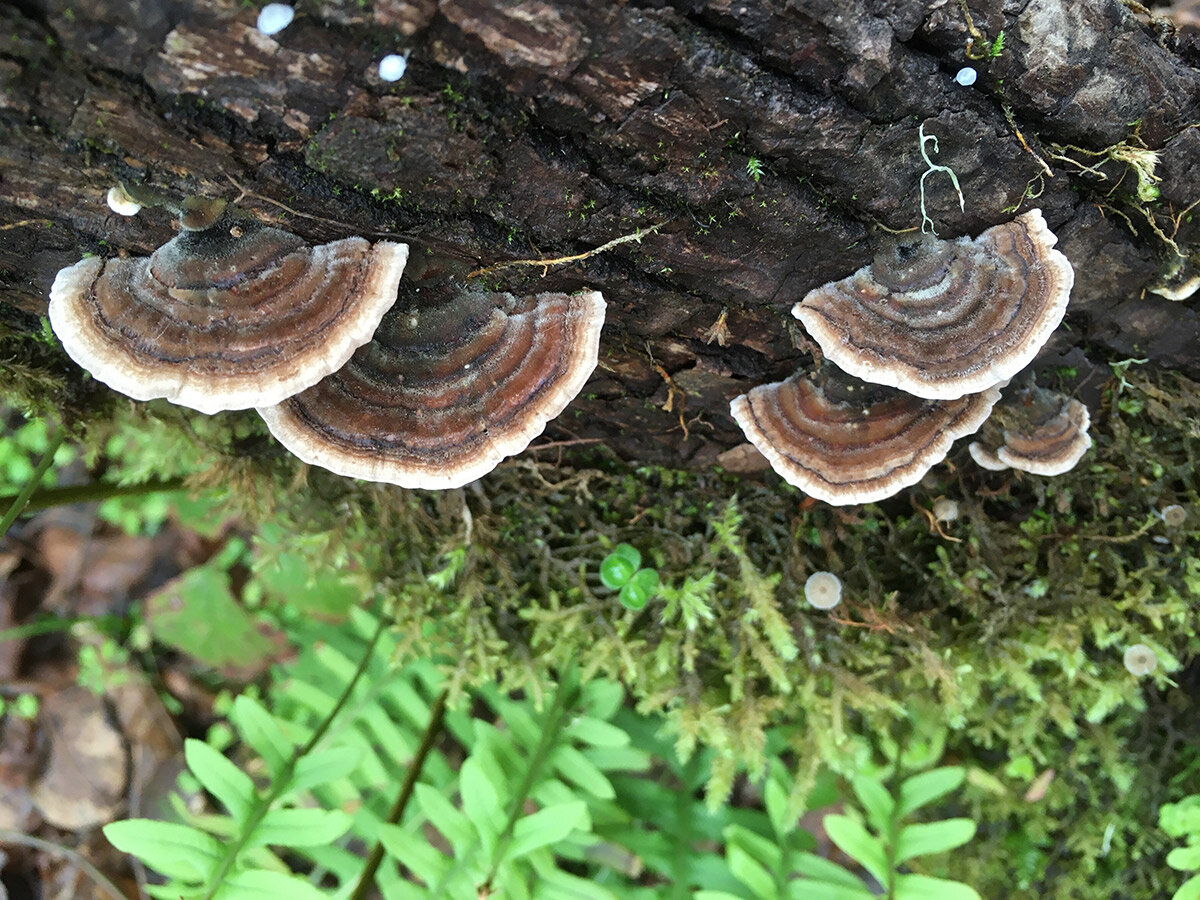This little flycatcher has been consistently hanging around the old barn out at the arboretum. I often see it perched on the equipment of the workspace on the south side. It usually will perch close to the ground within three to seven feet. That said, I also observe it sitting on top of the silo or at the apex of the roof. It spends time on a small brush pile at the entrance to the south meadow and next to the river catching insects.
It has a call that Peterson describes as “a sharp slurred chip.” It makes this call quite often, and I will usually hear it calling before I spot it. As I was taking these photos, it was constantly shifting its head as it watched for insects, and it would often turn to look over its shoulder.
Click hear to listen:
https://www.allaboutbirds.org/guide/Black_Phoebe/sounds































